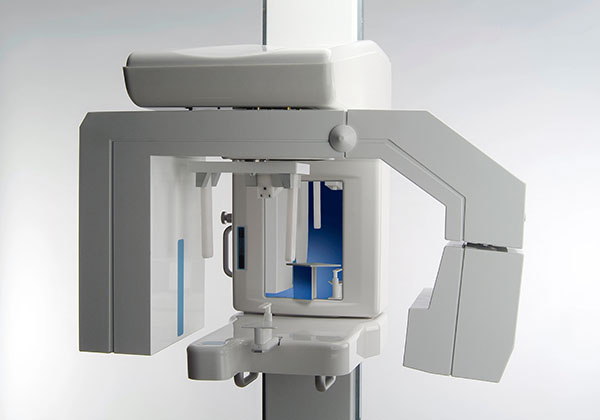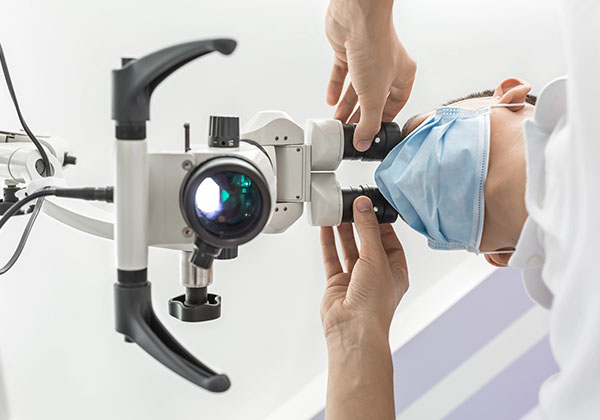Conebeam (CBCT)
A root canal is one of the most common dental procedures performed, well over 14 million every year. This simple treatment can save your natural teeth and prevent the need for dental implants or bridges.
At the center of your tooth is the pulp. Pulp is a collection of blood vessels that helps to build the surrounding tooth. Infection of the pulp can be caused by trauma to the tooth, deep decay, cracks, and chips, or repeated dental procedures. Symptoms of the infection can be identified as visible injury or swelling of the tooth, sensitivity to temperature or pain in the tooth, and gums.
Surgical Microscopes
With the appropriate care, your teeth that have had endodontic treatment will last as long as other natural teeth. Yet, a tooth that has received treatment may fail to heal or pain may continue to exist. Sometimes, the pain may occur months or years after treatment. If so, Endodontic Retreatment may be needed.
Digital Radiography
Generally, a root canal is all that is needed to save teeth with injured pulp from extraction. Occasionally, this non-surgical procedure, known as an Apicoectomy, will not be sufficient to heal the tooth and your endodontist will recommend surgery.
TDO Software Efficiency. Integration. Precision.
Regenerative endodontics is an advanced treatment aimed at restoring and revitalizing damaged tissues inside a tooth. It uses the body’s natural healing abilities and stem cell stimulation to regenerate the pulp and root structure, allowing continued growth and strengthening of the tooth. This innovative therapy is especially beneficial for young patients with immature teeth.













